Some Smart Ways to Simplify PBL Lessons
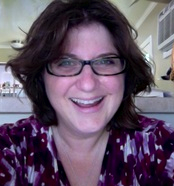 By Heather Wolpert-Gowan
By Heather Wolpert-Gowan
My passion for Project Based Learning began when I was a student. After all, the units that I remember as a kid are those that, in hindsight, were charged with PBL energy.
There was the 8th grade record producer unit that culminated in the design of an LP sleeve based on Shakespeare’s “Twelfth Night.” We did more than merely create a project. We role-played while studying the book, analyzing it through the lens of a music industry professional.
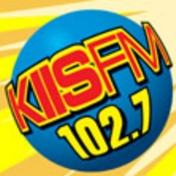
Then there was the 3rd grade financial literacy unit where we had to think about our dream home, research the elements in each room and price them out, and then pitch and sell the home to a prospective buyer. As a coach, our teacher brought in an expert, a local realtor. Our brochures were made up of collages of each room, and I can recall pricing out what I thought was a classy-looking toilet that turned out to be a bidet.
Fun, yes? So . . .
What Again Is PBL?
Project Based Learning is more than simple projects. It’s a journey through learning. Rather than read pages, quiz, read pages, quiz, read pages, test, PBL creates assignments within an overarching storyline that grows out of the curriculum. This storyline challenges students to be authors in the writing of their own learning-tales by using the content knowledge they are learning with you.
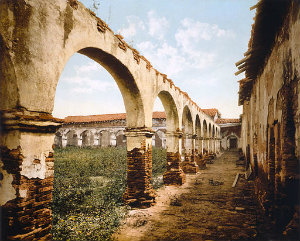
But I digress. Over the years in California, so many teachers assigned this project that Michaels (the art store) and every craft store from Sacramento to San Diego began selling kits of different missions so that all you had to do was glue together the walls. Really valuable learning there.
However, what if, based on what students learn about the history of the missions, they were to instead be asked to create a mythical 22nd mission along the Camino Real? What if those students took what they studied about California regions, learned about the resources in each geographical location, and selected a new place to set up a brand spankin’ new settlement?
Some hallmarks of good PBL
► PBL tends to be very open-ended. There might not be a “right” answer in the end of a PBL unit. Take the mission example: what if students had to look at the different points of view of the stakeholders involved? When I taught 4th grade, I had students write journal entries from the Spaniard point of view, from the native point of view, even from the point of view of California itself. What does the land think about all this growth anyway?
► PBL involves a lot of cross-curricular writing and reading. Perhaps students create spreadsheets indicating what would be exported from their selected location. Perhaps they study different kinds of era-appropriate architecture. Maybe they figure out the imports and exports pricing and how much of something they need to sell for their mission to make a profit.
► PBL uses adults as guides, not as content authorities. What expert could be brought into the classroom to help with students’ research? How can you use student-based research so that they can find their own answers?
► PBL embraces technology and student choice as well. What might the final presentation look like? Could a student (or collaborative group of students) build their new mission estate in Minecraft? Could they create an interactive map of CA and add their 22nd mission as a Google maps pin?
► Typically, at the end of a PBL unit, the students use their speaking skills to present an oral presentation as well. Will they present a straight informational speech or does the presentation align with the role-play? Perhaps the students have to pitch the need of a mission in that location and present evidence to persuade a larger deciding body.
Some teachers think that it’s a lot of work to frontload and develop a PBL unit, and I won’t lie: it’s huge.
But here’s the good news: as the kids’ ideas and enthusiasm takes over, and the monster of your unit gets bigger and bigger, the teacher actually gets to step back more and more.
Sharing resources from unit to unit
The additional good news is that there are plenty of scaffolds out there that you can use from unit to unit and from year to year. Because many PBL units incorporate the same elements, you don’t have to remake certain scaffolds every time for each unit. You can focus on helping the students write a unique curricular story because elements like presentation rubrics, informational writing handouts, and basic note-taking guides that have already been designed, by you or someone else.
For instance, below are two resources that I can use time and time again. The first one is a rubric for a generic PBL oral presentation. Currently, I’m using it to assess my final Superhero League presentations (collaborative leagues that are out to solve a global problem.) At the same time, a science teacher is also using it to support her National Parks PBL unit that is about to culminate in student-designed Rose Parade floats that align with the 2016 parade theme.
This rubric is also one that I use for my TED Talks unit. Another teacher has asked to use it for her 5K-fundraiser unit when her students go to speak to our local board of education.
The second resource is a handout I developed to give students guidance in how to create the visual needed during an oral presentation. Prior to presentations, we generally study the art of oral presentation. We look at TED Talks, muting them to watch facial expression and movement. By muting them, we can also focus more on the visuals the speaker has developed to illustrate their topic. (Click to download)
Visual Presentation (PowerPoint) Guidelines
Incidentally, both of these resources – and many others I use to scaffold and simplify my PBL management – are available in my new book of original units and mix-and-match lessons, DIY for Project Based Learning for ELA and History. (The Math and Science book is due out in early 2016.)
If you have things you’re curious about after reading this post, please ask in the Comments. Or share a favorite PBL reusable resource of your own!
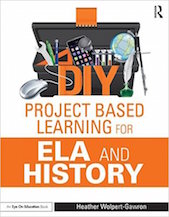

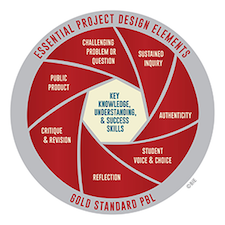
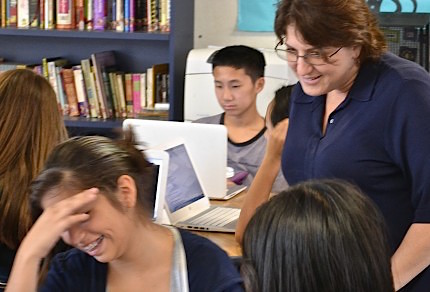
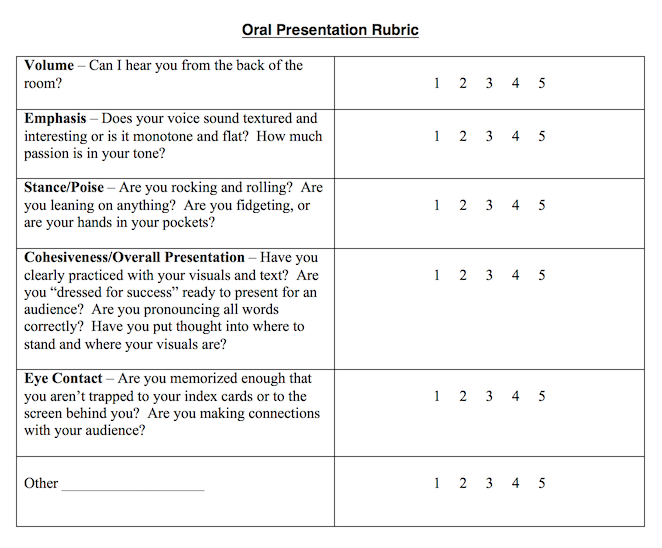
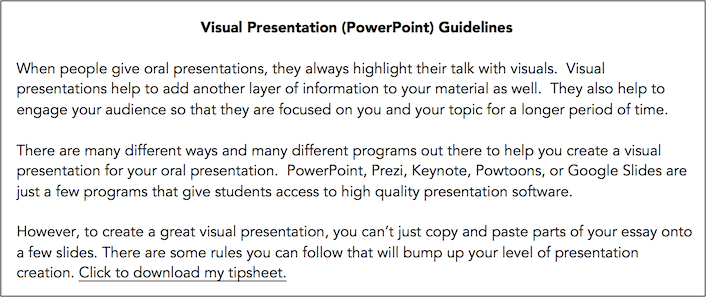


































Hi Heather. I’ve just found your article and plan to post a link on Reddit. I find your idea of reusable PBL resources brilliant! I’ve been examining my own PBL (student-centered learning practices in general) in hopes of improving them. I believe that having your pre-made templates ready and waiting, will definitely curb some of the frustrations that arise during PBL. I share a few thoughts on basic barriers to effective student center learning and ways to make it less awkward in this post at ASCD Edge.
When writing the post, I learned that we spend more time talking about student -centered instruction than practicing it. Do you agree? Take a read when you can.
Thank you for sharing practical tips in your article. I would love for you to contribute to my Pinterest Group Board “Teacher To-Don’t List”. I’ve placed the link below:
https://www.pinterest.com/davisbowman/
If interested, please contact me!
Jennifer Davis Bowman, Ed.D.
Hey Jennifer,
I read your post and responded to your question about how to warm students up to student-centered learning. Great question and one that I believe is grounded with genuine interest in what students have to say. Our enjoyment of teaching and of spending our days with these students has to be evident for kids to warm up in any community, much less one of student learners.
In terms of the question you ask in this post: we’ll talk less about it when more teachers start to do it. It might be slow to ripple, but it can happen. Looking forward to checking out your board!
Thanks so much for commenting!
-Heather